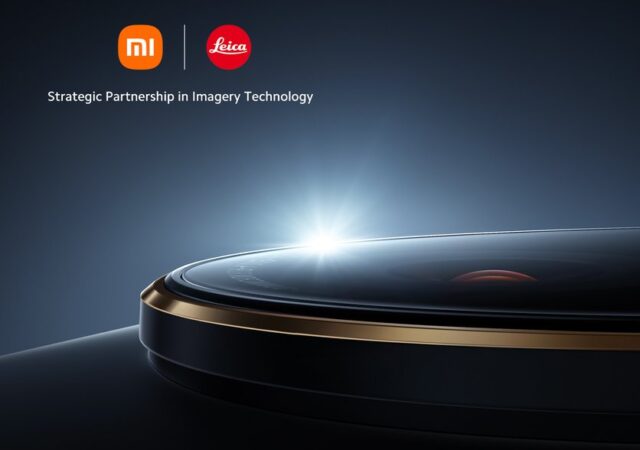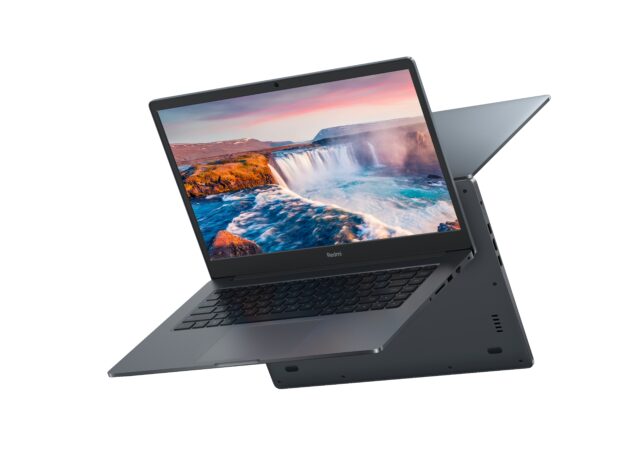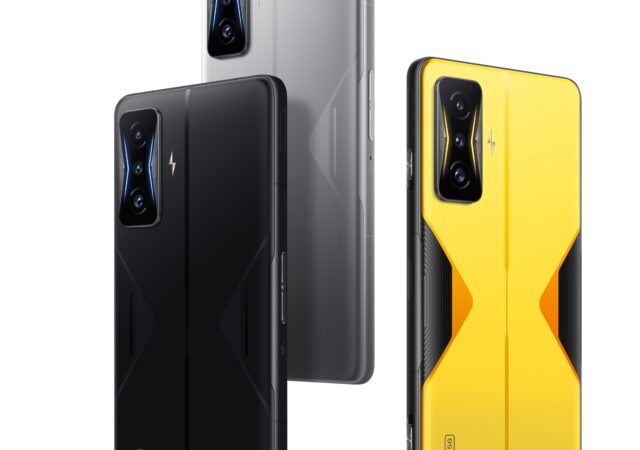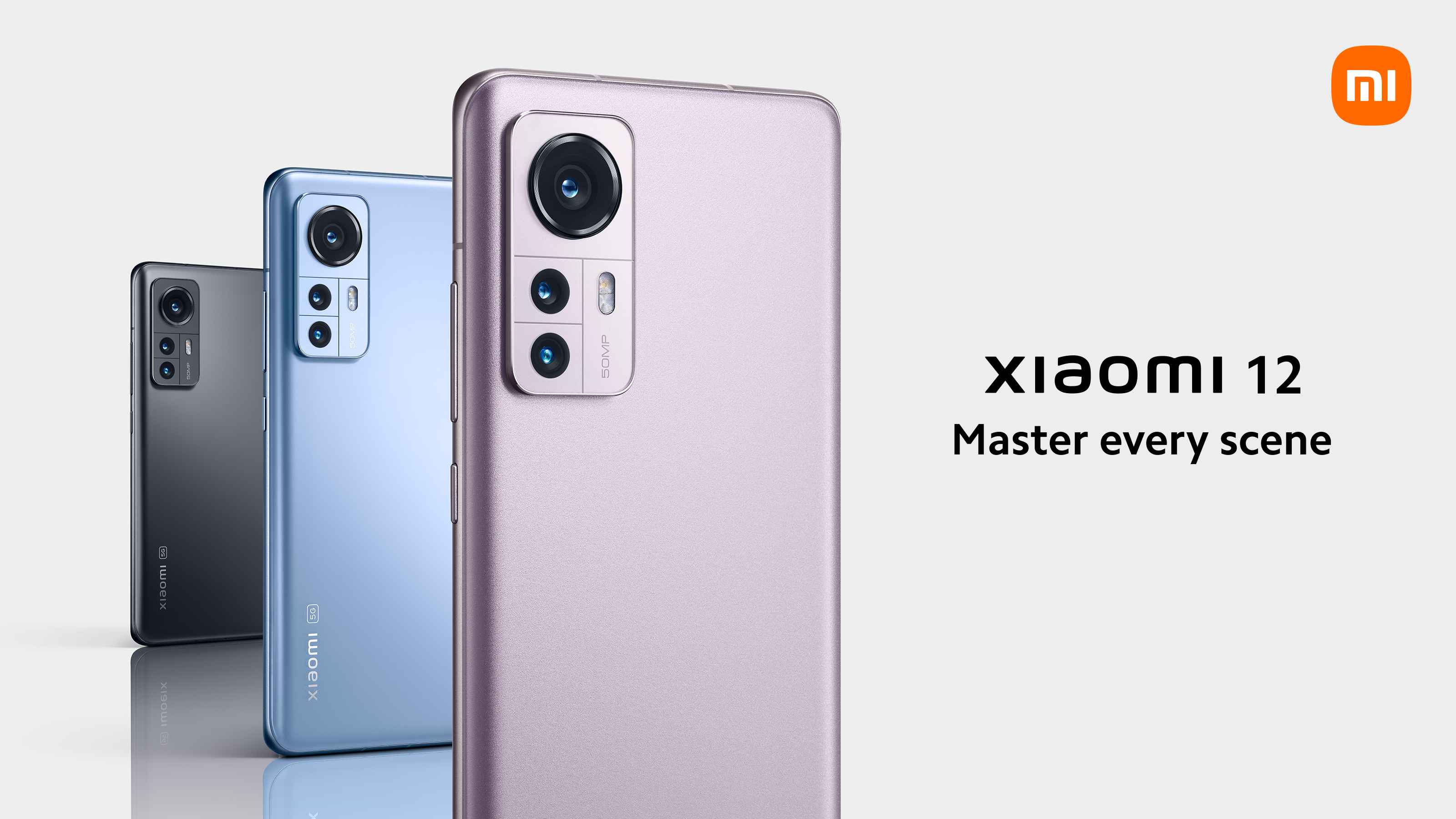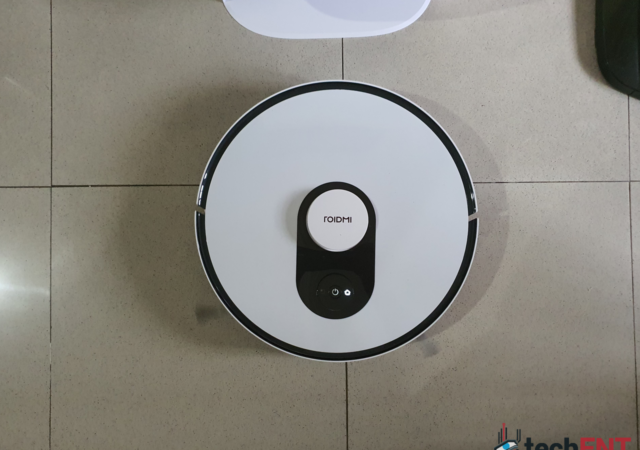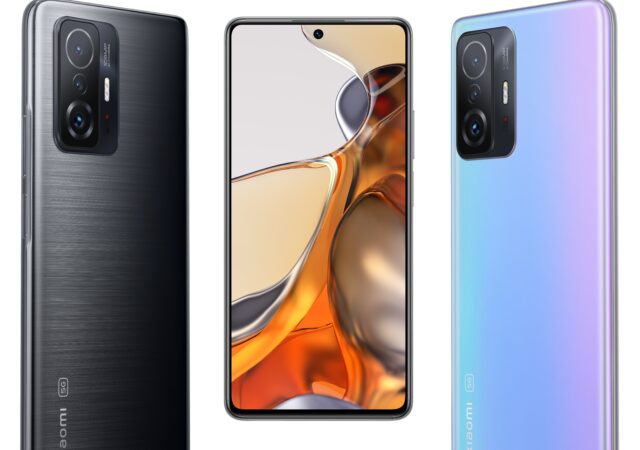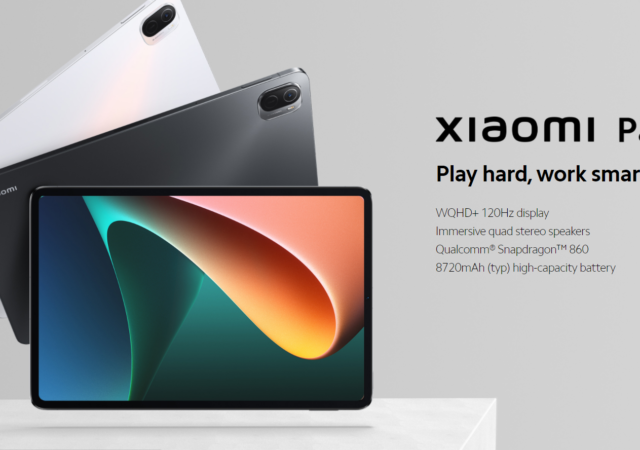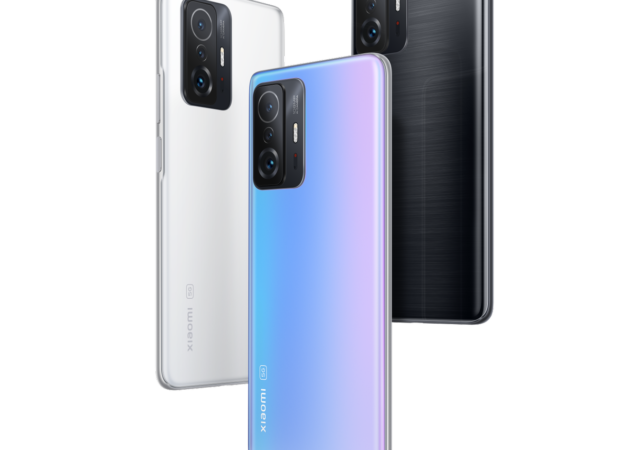Xiaomi is launching their new flagship soon. Their new flagship also comes with a camera that is co-engineered with Leica.
Xiaomi Introduces the RedmiBook 15 at MYR 2,399 onward – Everyone is Into PCs Now
Xiaomi releases the RedmiBook 15 laptop in Malaysia with Intel’s 11th Generation Core processors from MYR 2,399 onward.
POCO Launches Their Latest Flagship, the F4 GT at MYR 2,299
POCO launches their latest flagship with Snapdragon 8 Gen 1 in Malaysia for MYR 2,299 onward. it comes with up to 12GB RAM and 256GB ROM.
The Xiaomi 12 Series is Now Officially in Malaysia at MYR 2,899 Onward
Xiaomi introduces their new flagship to take on 2022! The new Xiaomi 12 and 12 Pro flagships are here for MYR 2,899 onward.
Xiaomi ROIDMI EVE Plus Robot Vacuum Review: Keeping up with the Dust Bunnies in a Smart Way
The ROIDMI EVE Plus is a robot vacuum offering in Xiaomi’s stable of IoT devices. We’re giving it the techENT Review to see if it’s worth the hype.
Xiaomi’s ROIDMI Eve Plus Robot Vacuum Gets MYR400 Discount on Shopee
The ROIDMI Eve Plus smart vacuum will be going on a special offer for Black Friday on Shopee. Don’t miss your chance to get it at an MYR400 discount!
Xiaomi’s Dreame is Officially In Malaysia
Xiaomi’s lifestyle tech brand, Dreame, makes it official debut in Malaysia with the Dreame H11 series vaccum.
The Xiaomi 11T Series Has Launched in Malaysia!
Xiaomi launches their new flagship series the Xiaomi 11T and Xiaomi 11T Pro in Malaysia. the new flagship devices come with 108MP cameras.
The Xiaomi Pad 5 – The Android Tablet That We Want?
Xiaomi releases the Pad 5 11-inch tablet with Qualcomm Snapdragon 860 Xiaomi Smart pen with MIUI 12.5 on top of Android 11.
Xiaomi 11T and 11T Pro Launches with Impressive Charging Speeds
Xiaomi launches their first flagship without the ‘Mi’ branding, the Xiaomi 11T and 11T Pro with 108MP cameras and up to 120W charging.



